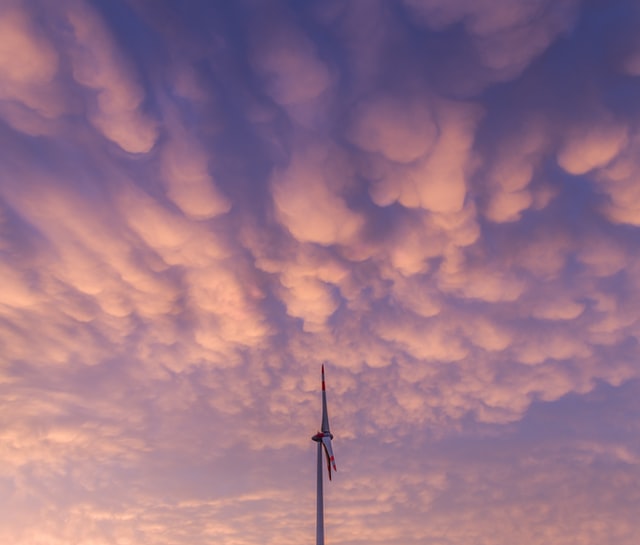
According to recent analysis by BloombergNEF, in last year’s record-setting year, the wind market commissioned nearly 100 gigawatts (GW) of new build in 2020. Undeterred by COVID-19, installations grew 59% year-on-year.
Developers commissioned 96.3 GW of wind turbines globally in 2020, compared with 60.7 GW the previous year, said BNEF. Most of these were on land (94%), as the addition of new turbines at sea fell to 6.1 gigawatts – a 19% drop compared to 2019.
Just four manufacturers accounted for more than half (51%) of the machines deployed. General Electric (GE), Vestas, Goldwind and Envision all commissioned over 10 GW last year.
The latest data from BNEF shows that GE and Goldwind were the top two turbine suppliers in 2020, following a surge in installations in the U.S. and China. Vestas, which placed first for the past four years, fell to third place in the 2020 ranking. The figures draw on BNEF’s global database of wind projects and extensive information from the industry.
“GE and Goldwind claimed the top two spots in this year’s ranking by concentrating on the largest markets. This strategy may not be as fruitful in 2021 as subsidies lapse in those areas,” said Isabelle Edwards, wind associate at BloombergNEF and lead author of the 2020 Global Wind Turbine Market Shares report. “Vestas takes on less market risk, with turbines commissioned in 34 countries last year.”
GE earned its spot at the top of the ranking by increasing its onshore installations by 6.6 GW year-on-year, with installations in the U.S. accounting for some 70% of its 13.5 GW global portfolio. China, meanwhile, accounted for 98% of the capacity commissioned by Chinese turbine makers.
BNEF identified 57.8 GW of new wind capacity commissioned in China last year. In the onshore market, this was more than was commissioned by the entire world in 2019. This increased demand for turbines in China allowed smaller domestic turbine makers to fully utilize their idling manufacturing capacity, and gain ground on their foreign competitors in the global ranking.
“Over twenty turbine makers supplied wind turbines to China and many of them were able to double or triple their year-on year installed capacity,” said Leo Wang, Beijing-based wind associate at BNEF. “The expiring onshore and offshore subsidies fuelled the uptick in installations. Following the lapse of onshore feed-in premiums, the market is likely to see demand drop this year.”
The U.S. commissioned 16.5 GW of new wind capacity last year, as developers prepared for a phase-out of the production tax credit. This was 77% more than in 2019 and 2.6 GW higher than the country’s previous record in 2012. GE supplied 57% (9.4 GW) of this new capacity and Vestas’ market share sank to 31% in 2020, even though the Danish turbine maker commissioned a company record of 5.1 GW across 14 U.S. states.
Total onshore wind additions in 2020 were 19.4 GW in the Americas, 12.6 GW in Europe and 863 MW in Africa and the Middle East, while Asia Pacific accounted for 57.3 GW. BNEF’s database registered new wind farms starting full commercial operations in 44 countries.
Siemens Gamesa retained its position as the leader in the offshore wind market. Last year, Siemens Gamesa commissioned 1.91 GW at sea, with 752 MW at the Borssele wind farm in the Netherlands, and a further 539 MW at the East Anglia One project in the U.K., among other sites.
In a bid to reposition itself as a leading turbine supplier to the offshore wind industry, Vestas acquired MHI Vestas Offshore Wind in late 2020. Nevertheless, Siemens Gamesa already tops the offshore wind order books out to 2025. Five turbine makers from China – Shanghai Electric, Mingyang, Envision, Goldwind and CSSC – overtook Vestas, which slipped to seventh place in the offshore wind market.
Figure 1: Top 10 global wind turbine makers, 2020

Figure 2: Top 10 global onshore wind turbine makers, 2020





